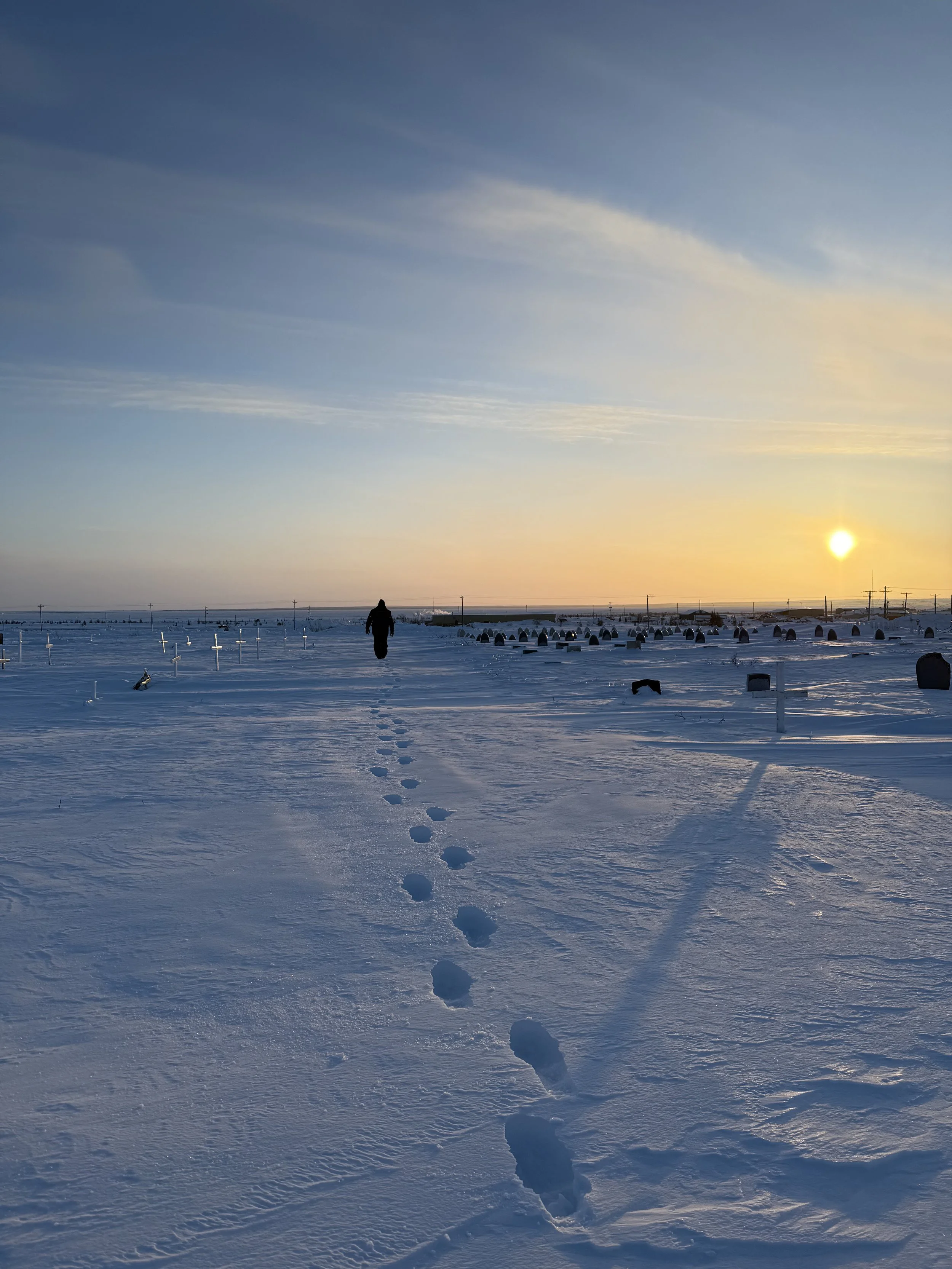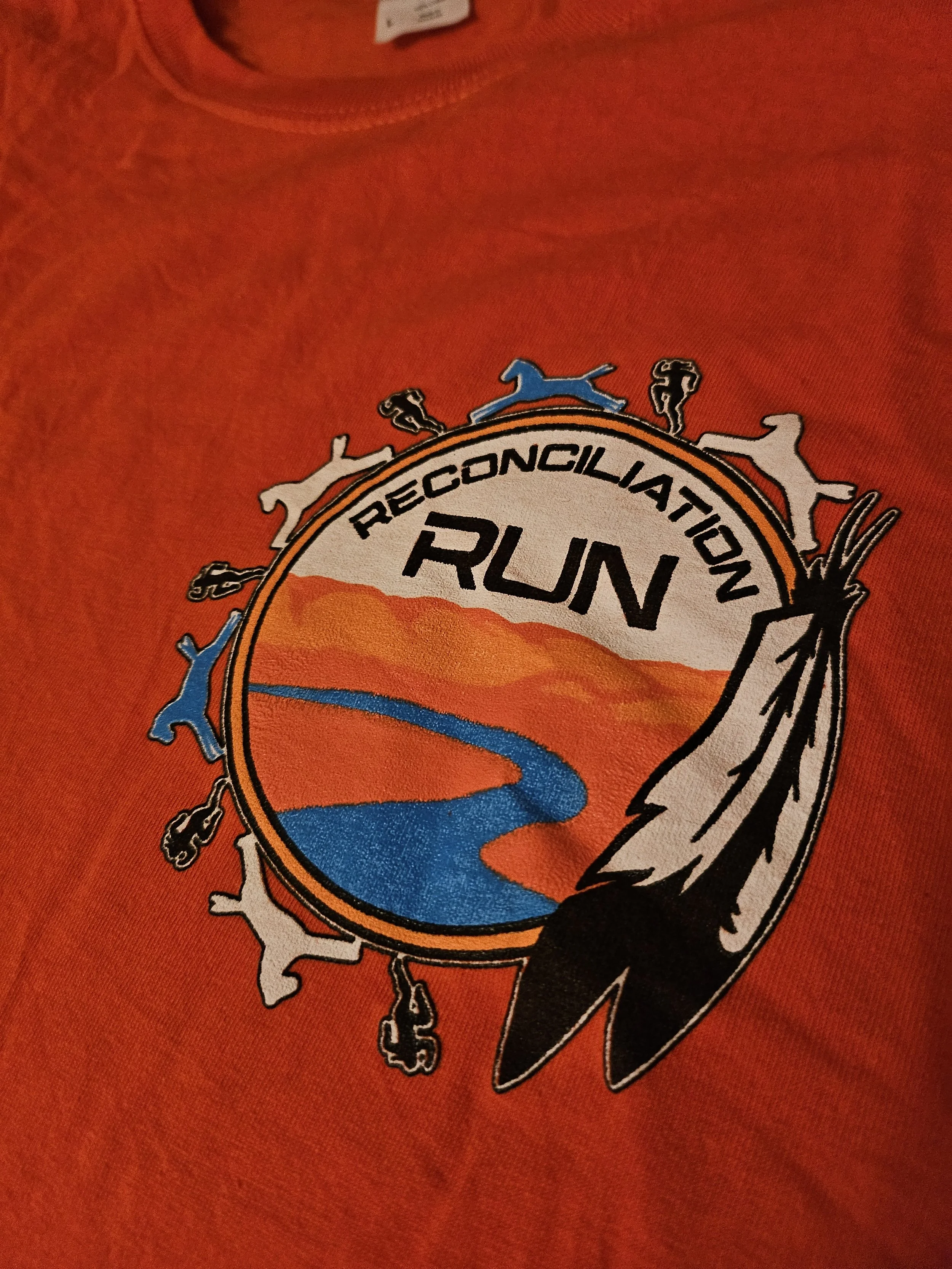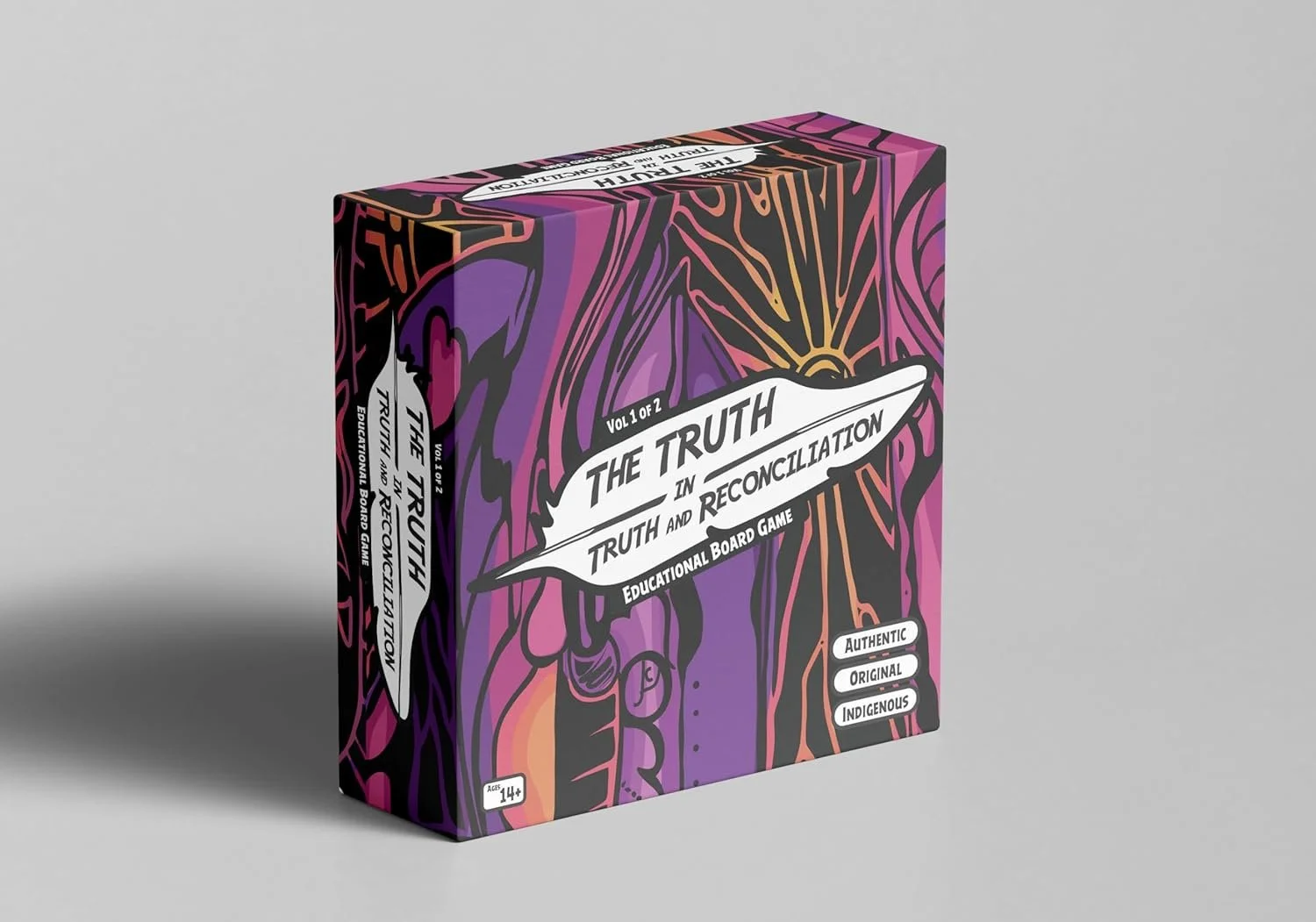
There is a need for public pedagogy in rural places.
There is a disconnect between what students are learning in K-12 schools and postsecondary institutions around the history and ongoing legacy of residential schooling and treaty responsibilities, and the void of opportunities for similar learning within the larger community. Students do not exist in a vaccuum. At the end of the day they go home to families and communities where adult learning has not necessarily kept pace.
This project explores educational initiatives within rural places taking place outside the classroom. What is currently happening, how are community members participating and benefiting, how is context, place, and land impacting these reconciliation efforts, and what is required to build and sustain such programming in rural and remote communities?
Examples of Public Pedagogy in Rural Places
-
Faith-Based Organization, Portage La Prairie, MB
Many Indigenous languages are endangered or facing extinction within a single generation, and this is also true on the Canadian prairies. Two communities in Manitoba, faced with the threat of losing their language, wanted to record stories and songs of their Elders and knew that a local church had been recording services during the Covid-19 pandemic. They reached out to inquire about renting equipment. What began as a conversation about equipment rental evolved into recording songs and sharing stories, discussing spiritual beliefs and practices, and exploring healing from various perspectives. Since the church played a devastating role in removing Indigenous languages through residential schooling, this project explores the importance of humility and honouring the knowledge held by Indigenous elders, as well as the role of faith-based community organizations within reconciliation education.
-

Birdtail Country Museum, Birtle, MB
This project examines the evolving relationship between the Birdtail Country Museum and the Birdtail Sioux First Nation (Chan Kagha Otina Dakhóta Oyáte). The two communities are approximately 10 minutes apart, but the museum's presentation of history has focused mainly on settler history. The former Residential School, still standing in the community, was not mentioned. The museum director reached out to leaders of the First Nation to begin developing a stronger relationship in order to tell a better history through the museum. This project examines the process and impact of the resulting storytelling exhibit, exploring how museums can play a role in storytelling and public education.
Museum Website: https://birtleheritage.ca/local-heritage/museum/
-

The Reconciliation Run, Chan Kagha Otina Dakhóta Oyáte
Every year in September, marathon runners come together to run from the site of a former residential school in Birtle, MB, to the Birdtail Sioux First Nation (Chan Kagha Otina Dakhóta Oyáte), following the path children escaping residential school would have run. Decked in orange shirts, marathoners participate in ceremony, learn, drum, and feast. Both Indigenous and non-Indigenous participants run side by side, learning together. This project tells the story of the initiative's impact, along with educational theories about why this type of learning is successful.
Visit: www.thereconciliationrun.ca
-

The Truth in Truth & Reconciliation Board Game, Multiple Locations
Created by James Corbiere, this board game is being used to teach the truth about colonization in Canada. The goal of the game is to survive colonization without losing your land, language, identity or culture.
Learn more about the game here: https://shop.medicinewheelpublishing.com/products/the-truth-in-truth-and-reconciliation-tool-kit
-

Rural Immigration
Immigration and Indigenous communities have a long and sometimes contentious relationship. They have been erroneously lumped together under ‘multiculturalism,’ and have seen discrepancies between funding and service provisions. There are questions about who is welcoming whom, and who is making decisions about the land and the community. An immigration network that serves smaller centres on the prairies decided to begin meaningful action towards reconciliation between newcomer and Indigenous community members. They hosted the first ever Indigenous feast in their community to welcome new immigrants to the land and began a series of educational events to teach new immigrants the history of Canada not taught in settlement curriculum. This project describes both the challenges and successes of this initiative, and gives key takeaways for other newcomer serving agencies in rural places.
-

Online Influencers
In the early days of the pandemic, Dr. Lam’s research team gathered stories from 500 Manitobans about racism they experienced in the province. The common elements of the stories were written into film scripts, tested in focus groups, filmed, and then launched on social media. The project initially aimed to analyze the public response, but what happened instead was that many Indigenous influencers on YouTube and TikTok “stitched” the videos with their own content and shared them on their own channels. As a result, the videos were viewed half a million times, launching discussion about the racism experienced by Indigenous community members. This project explores the power and potentials of public pedagogy in online spaces.
Have more examples of public pedagogy to share?
If you are in a rural or Indigenous community on the Canadian prairies and know about an educational reconciliation intitiative happening outside of classrooms, please let us know!


